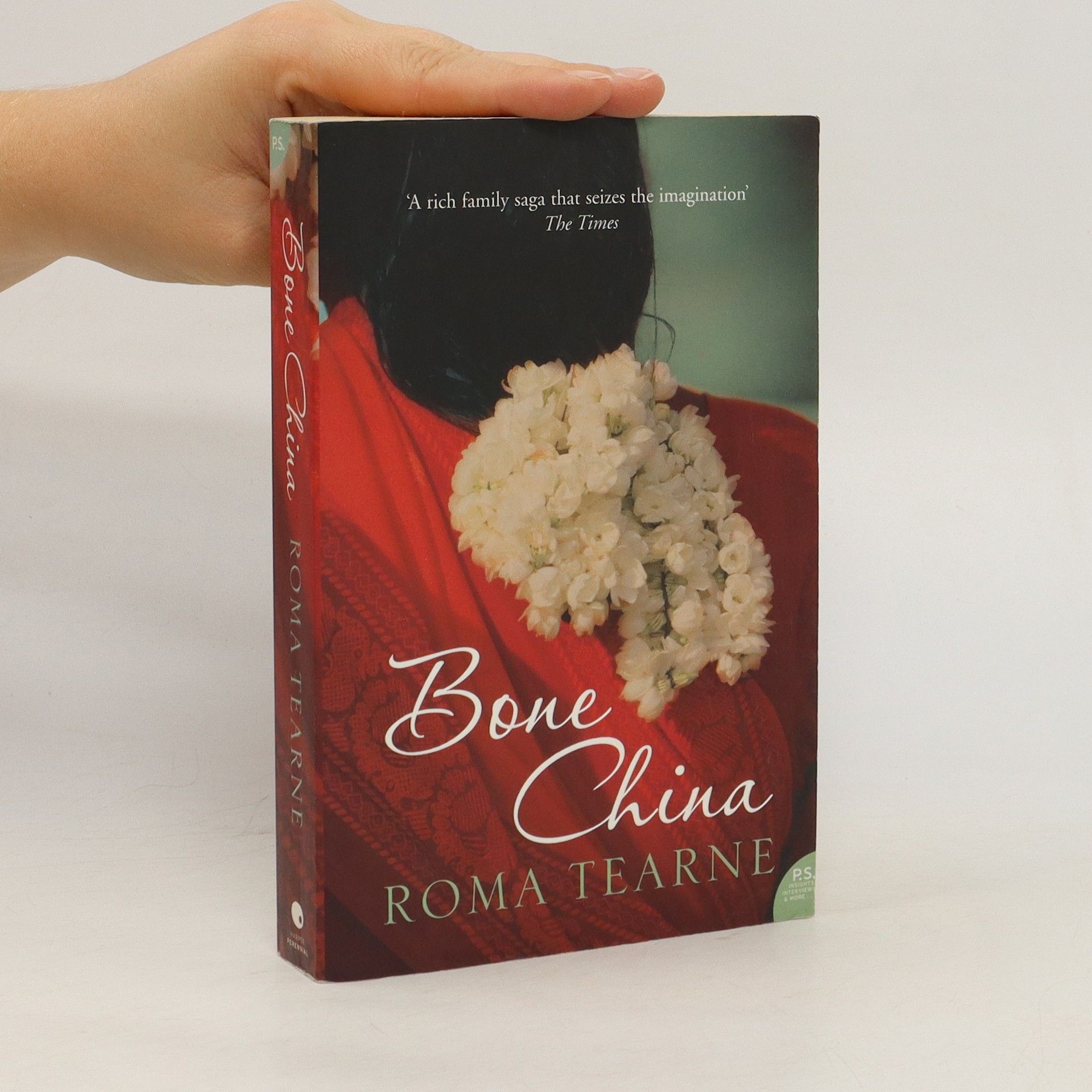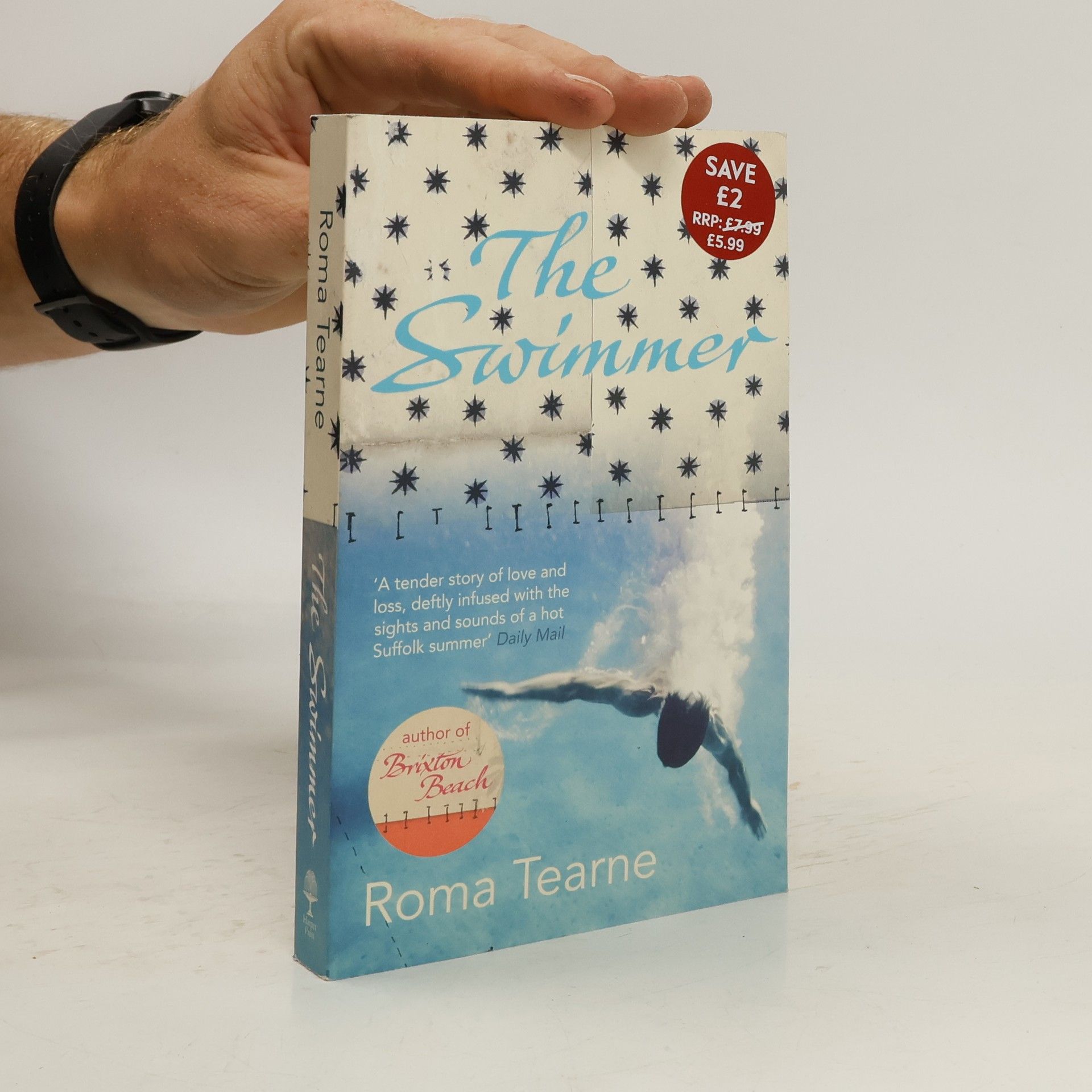Mosquito
- 256 stránok
- 9 hodin čítania
A lyrical and profoundly moving story of love, loss and civil war, set in Sri Lanka, London and Venice.
Roma Tearne, umelkyňa a spisovateľka srílanského pôvodu žijúca a tvoriaca v Británii, sa vo svojej tvorbe hlboko ponára do tém pamäti, straty a migrácie. Jej umelecká dráha sa začala ako maliarka a inštalačná umelkyňa, no prostredníctvom svojho pôsobenia v múzeách a filmových projektov rozvinula svoje skúmanie vzťahu medzi naratívom a spomienkami. Jej písanie, ktoré vzišlo z jej umeleckého výskumu, sa sústreďuje na naliehavé otázky identity a miesta vo svete ovplyvnenom historickými stopami. Tearneová ponúka jedinečnú perspektívu, ktorá spája vizuálne umenie s literárnym vyjadrením a odhaľuje zložitosť ľudskej skúsenosti.




A lyrical and profoundly moving story of love, loss and civil war, set in Sri Lanka, London and Venice.
A gripping, captivating novel about love, loss and what home really means.
This is an epic novel of love, loss and a family uprooted, set in the contrasting landscapes of war-torn Sri Lanka and immigrant London.
Exploring themes of displacement and memory, the narrative centers on a collection of photographs and artefacts from an anonymous donor, representing the lost possessions of individuals uprooted by circumstances like war or migration. The protagonist, drawing from Tearne's own experiences of leaving Sri Lanka during civil unrest, finds solace in creating a museum to house these items. This collection symbolizes the universal search for belonging and the emotional weight of lost memories, offering a sense of rest for those who have left their pasts behind.